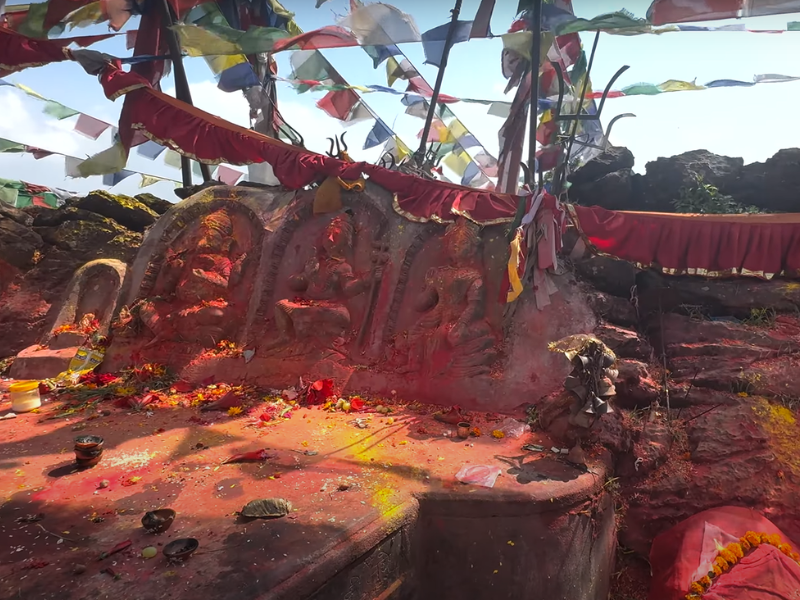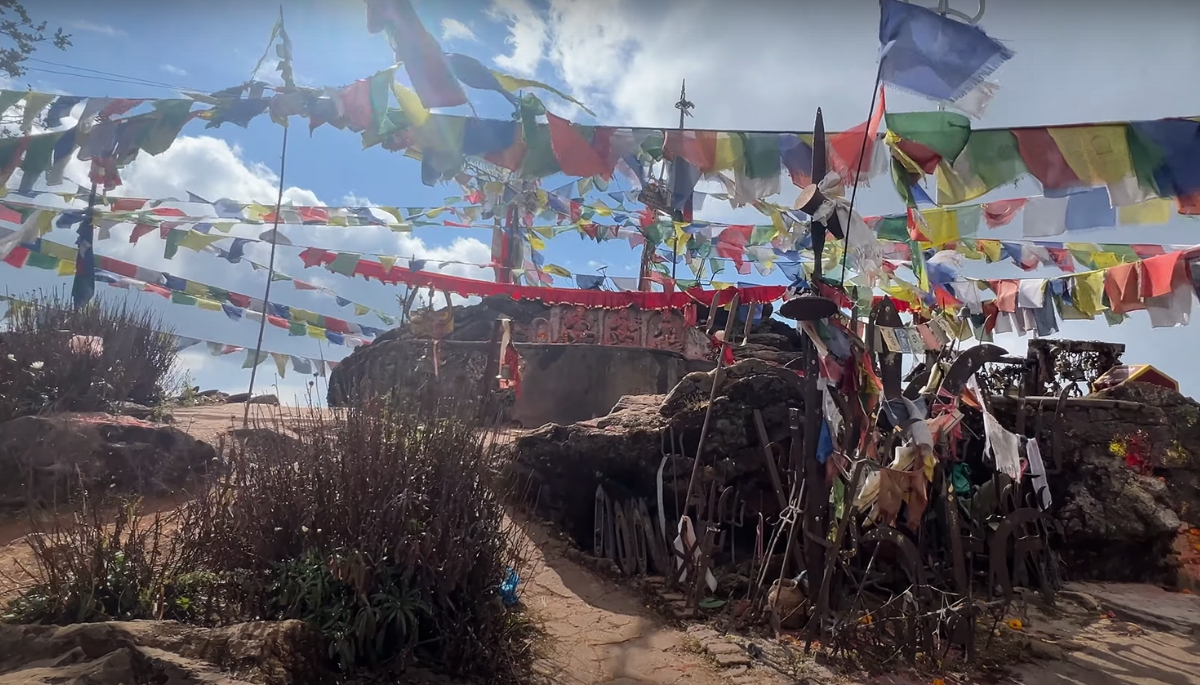An Overview
Phulchowki is the tallest hill in the Kathmandu Valley at an amazing 2,782 meters (9,127 feet). Known to as the “Hill of Flowers,” Phulchowki offers an attracting trek among immense botanical life, ending in stunning Himalayan views and a visit to the renowned Phulchowki Mai Temple. Nature lovers, observers of birds, and adventurers seeking to escape Kathmandu’s urban sprawl all enjoy this hike.
Starting point
The starting point of the Phulchowki trek is the town of Godavari, which is situated roughly 20 kilometers southeast of Kathmandu. From Ratna Park in Kathmandu, you can take a local bus to Godavari, or if you’d prefer, you can take a private taxi. Approximately one hour is needed for the road trip. To enjoy the sunshine and take advantage of lower temperatures, it is best to begin your trip early in the morning.
Overview of the Hike
The Phulchowki hike typically takes 7 to 8 hours to reach and come down, (It take roughly 4 to 5 hour to climb) depending on your pace and stops along the way. The round trip can be completed in a day, making it a popular day hike. The trail is moderately challenging, with some steep sections that require a good level of fitness. The best times to hike are during March to May and September to November when the weather is clear, and the plant life is at its most lively. (I recommend people go in the spring because, in the spring, plants look more beautiful.)
Detailed Explanation of the Route

The Godavari Botanical Gardens is where the climb starts, and you can spend some time looking around the many plant collections there. Take the path that heads into the forest from the gardens. The first part is rather easy, wandering through thick forests full of rustling leaves and talking birds.
The trail becomes steeper as it goes along, offering irregular clearings with magnificent views of the valley below. A tiny tea store and an open area await you halfway through the climb, providing a perfect spot to stop and restore. The scenery climbs steadily from this point on, getting harder with greater difficulty and uneven parts.

The hike’s final section is the hardest, but it’s also the most satisfying. You’ll pass through alpine plants as you get closer to the top, and you might even see some uncommon bird species. The walk ends in the holy Hindu shrine known as Phulchowki Mai Temple. Enjoy the breathtaking views of the surrounding mountains from here, which include Mount Everest on clear days and Langtang and Gaurishankar.
Phulchowki is well known for its enormous variety of life. The trail is decorated with flowering orchids, rhododendrons, and other colorful the flowers in the spring. With species like the Spiny Babbler, Nepal’s national bird, and several pheasant and eagle species regularly sighted along the route, the climb is also a birdwatcher’s dream come true.
What to Pack
- Essential Gear and Clothing:
- Sturdy hiking boots
- Layered clothing (warm layers for the summit, lighter layers for the lower sections)
- Rain jacket (especially during monsoon season)
- Food and Water:
- At least 2 liters of water
- Snacks and a packed lunch
- Optional Items:
- Binoculars for birdwatching
- Camera to capture the stunning scenery
- Hiking poles for added stability
Safety Tips and Precautions
- Weather Considerations:
- Check the weather forecast before you start
- Avoid the hike during heavy rain or storms
- Trail Navigation:
- Stick to the marked trail to avoid getting lost
- Carry a map or GPS device
- Altitude Awareness:
- Be mindful of altitude sickness; ascend slowly and stay hydrated
Conclusion
The pulchowki trek offers an unforgettable trip combining beautiful natural beauty, cultural value, and an extra dose of adventure awaiting you . With its green forests, colorful biodiversity, and magnificent views of the mountains, Phulchowki offers an ideal getaway for both seasoned hikers and nature lovers seeking a day excursion from Kathmandu. You can be sure of an enjoyable and memorable hike if you prepare properly and show respect for the environment.
Read More: Ranikot Hike From Bhaktapur: Scenic adventure guide


0 Comment